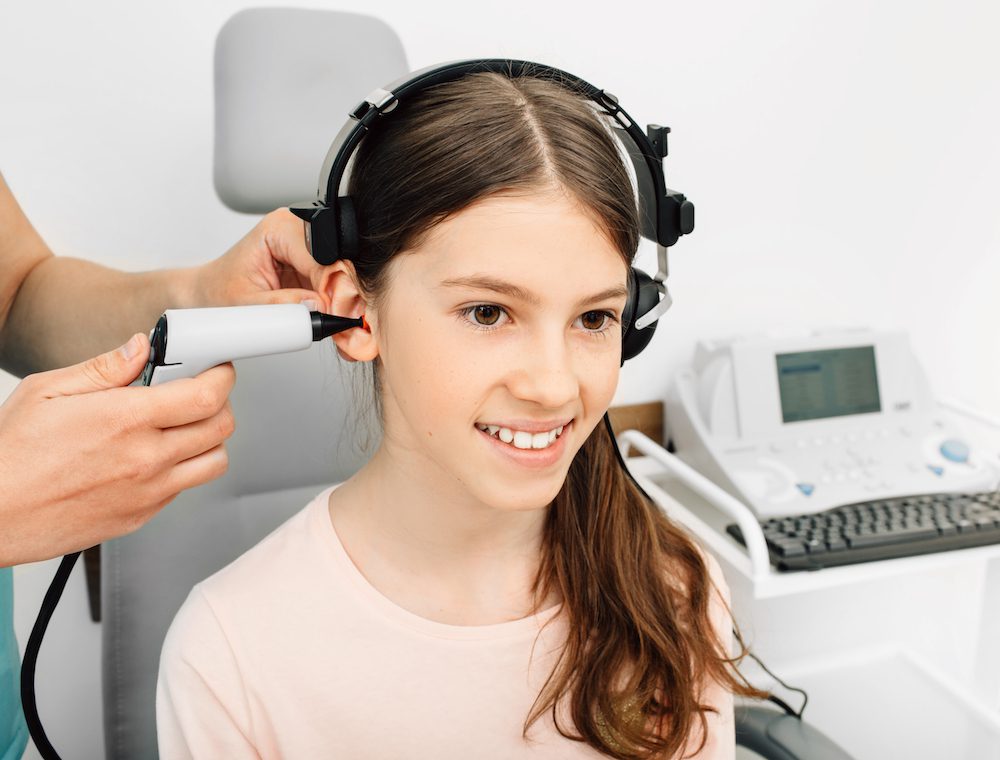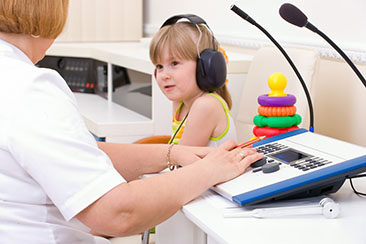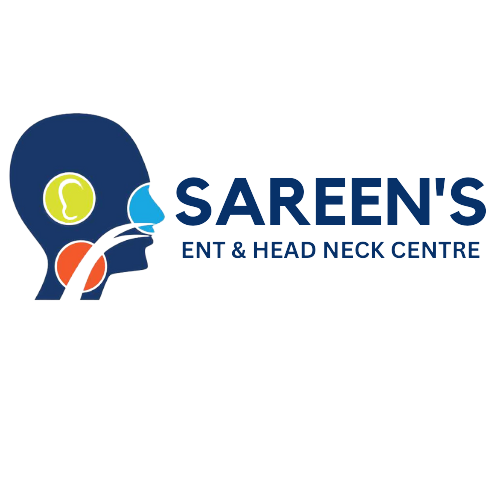

Advanced audiometry, including pure-tone audiometry (PTA) and impedance audiometry, can also be used in pediatric patients to evaluate hearing function. These tests are modified to be suitable for children of different ages and developmental stages.
In young children, PTA may be performed using visual reinforcement audiometry (VRA) or conditioned play audiometry (CPA) techniques. In VRA, a sound is presented to the child, and when the child turns to look in the direction of the sound, a toy or animated image is presented as a reward. In CPA, the child is taught to perform a specific action, such as placing a block in a bucket, in response to hearing a sound.
Impedance audiometry can also be used in pediatric patients to assess the function of the middle ear. The test may be modified to include a visual or auditory stimulus to help keep the child still and engaged during the test.
Speech audiometry can also be used in pediatric patients to evaluate their ability to understand speech. This test may be modified to use age-appropriate words and sentences and may involve a game or other interactive element to help keep the child engaged.
Otoacoustic emissions (OAE) testing is another type of advanced audiometry that can be used in pediatric patients. This test measures the sound produced by the inner ear in response to a sound stimulus. It is a quick, non-invasive test that can help identify hearing loss in infants and young children who may not be able to participate in other hearing tests.
Overall, advanced audiometry can be adapted to suit the needs of pediatric patients of different ages and developmental stages. These tests can help diagnose hearing loss and other conditions affecting the ear and guide treatment to improve the child’s quality of life. It is important to use age-appropriate language and techniques and to create a child-friendly environment to help keep the child engaged during the testing process.

